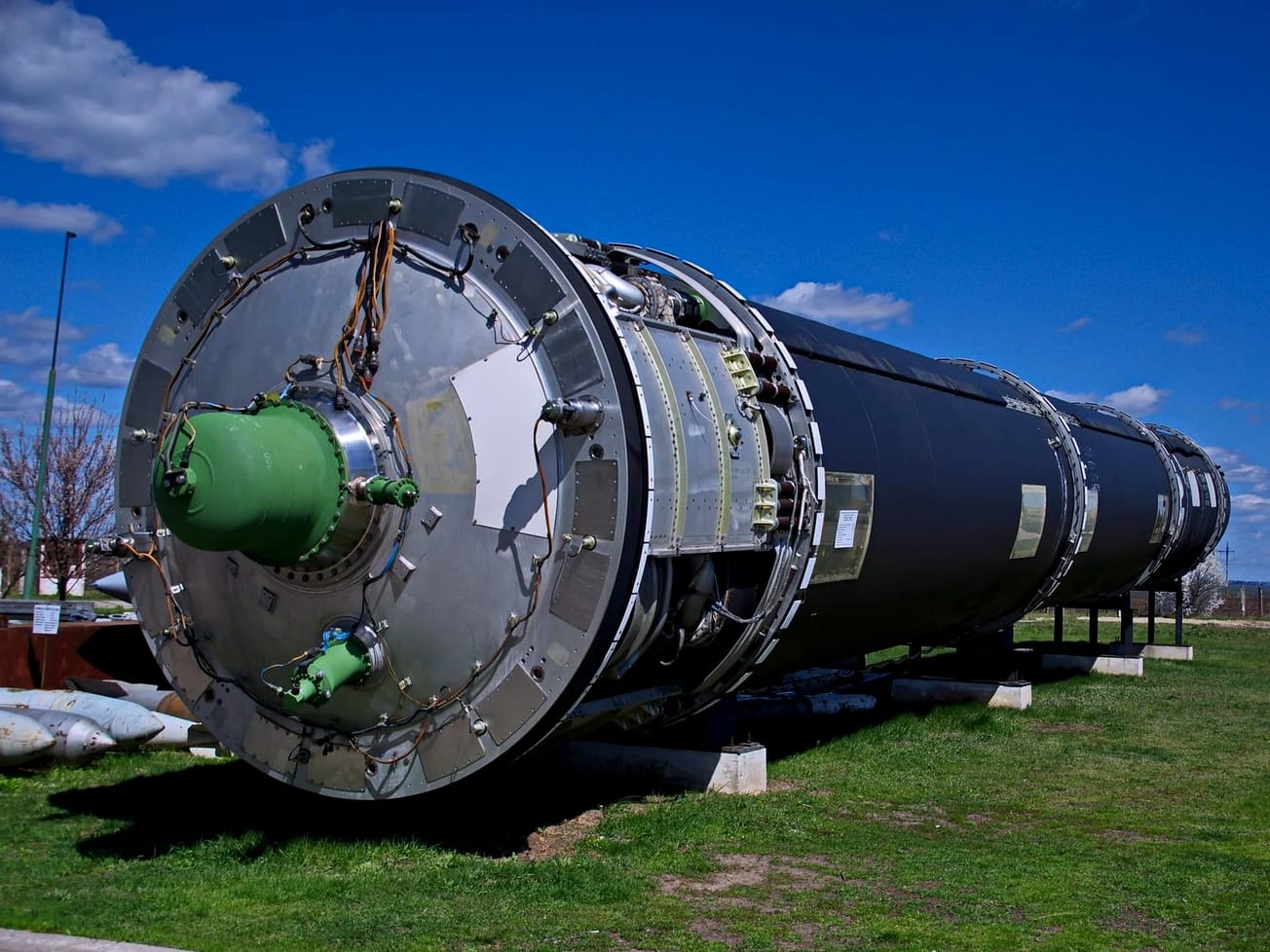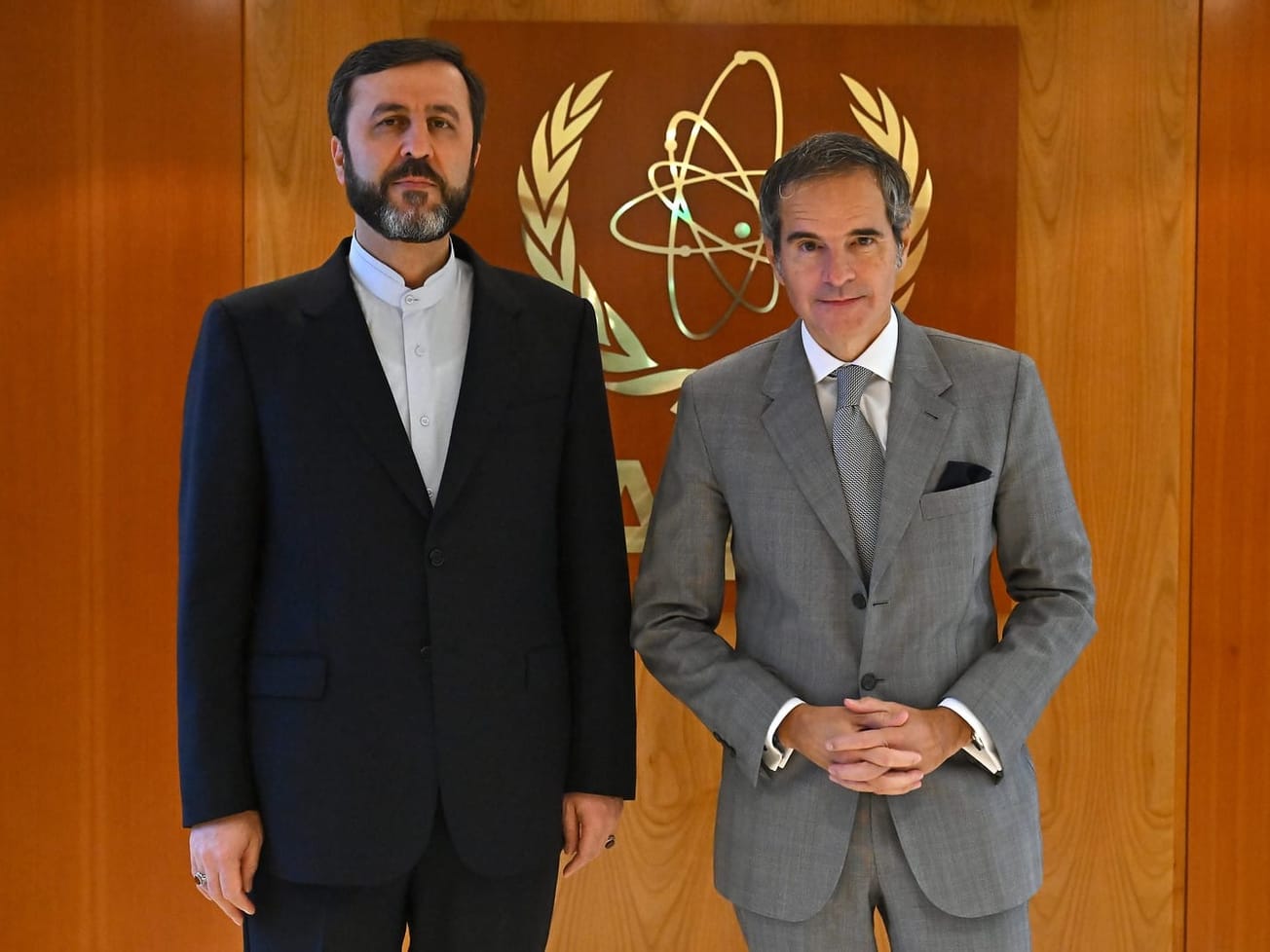Five of the world's nine nuclear-armed nations drove up the global arsenal of nuclear weapons available for use, an international watchdog program reported.
China, India, North Korea, Pakistan and Russia all increased their stockpiles of warheads in 2022, according to new findings Wednesday from the Nuclear Weapons Ban Monitor.









